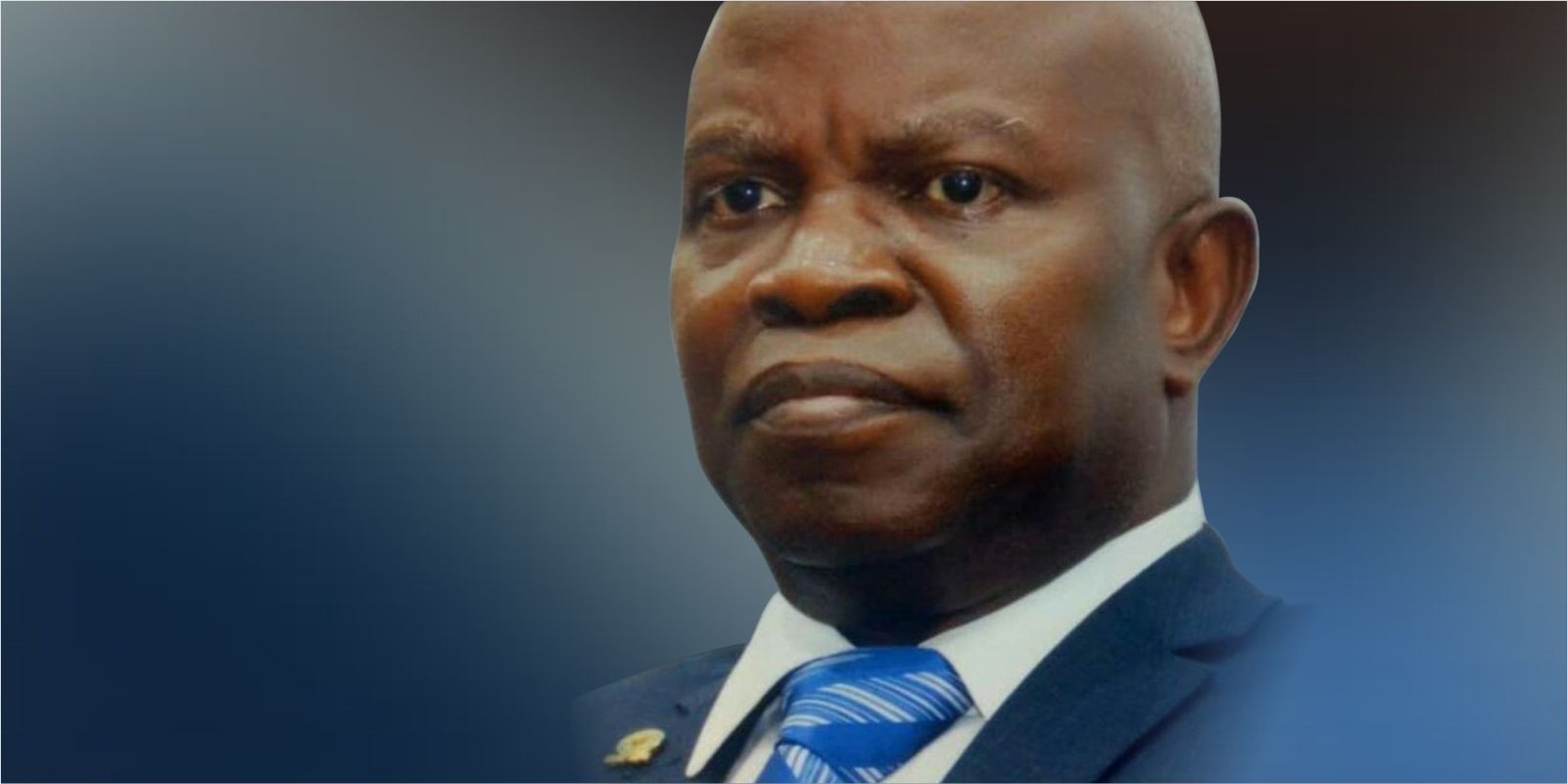
By the way, Wikipedia defines tertiary education as all formal post-secondary education, including public and private universities, monotechnics, polytechnics, colleges of education, technical training institutes, vocational schools, etc. The list appears endless but the key requirement revolves around post-secondary exposure in a formal institution. In Nigeria, for example, there are specialized institutes dedicated to training in agriculture, petroleum, trades, arts and crafts, armed forces, security forces, etc whose entry requirements revolve around secondary school certification.
Available statistics show that as at June 2023 there were 264 approved universities in Nigeria, both public and private with a larger proportion made up of private universities. Indeed, of the number, 43 were federal, 48 state-owned and the rest are private universities (some of which have not commenced operation).; 28 federal polytechnics, 43 state polytechnics, 51 private polytechnics; 23 federal colleges, 47 state colleges, 26 private colleges; among the whole lot. However, in terms of student population, public tertiary institutions account for about 90% of this while just about 10% of the students population are in private tertiary institutions.
No matter the name assigned to a tertiary institution, the challenges and problems of tertiary education in Nigeria resonate in all of them. Funding remains the Achilles Heel of many a tertiary institution in Nigeria.
Subscribe To Unlimited Premium Digest.
This is premium content. Subscribe or Login to read the entire article.
Subscribe
Gain access to all our Premium contents.More than 1,000+ Articles, News, & Scholarships.





































































 EduTimes Africa, a product of Education Times Africa, is a magazine publication that aims to lend its support to close the yawning gap in Africa's educational development.
EduTimes Africa, a product of Education Times Africa, is a magazine publication that aims to lend its support to close the yawning gap in Africa's educational development.

